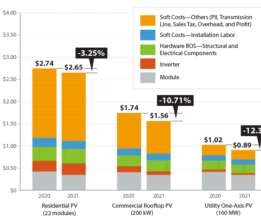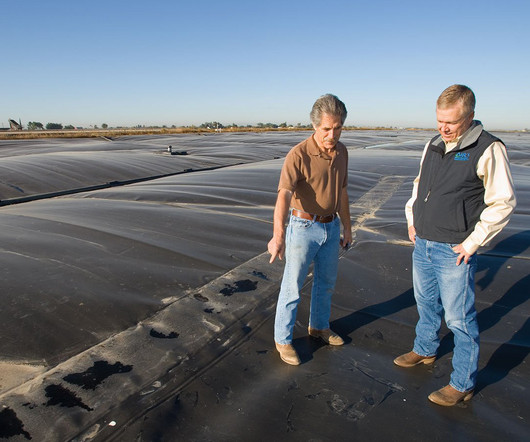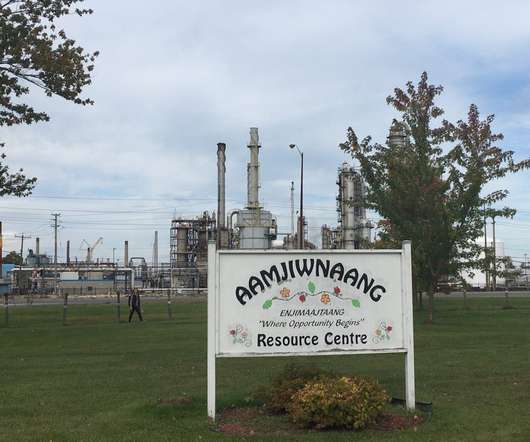Response to the New York Times Essay “Are There Better Places to Put Large Solar Farms Than These Forests”
Law Columbia
OCTOBER 25, 2022
Specifically, it is important to understand that solar is not being sited in equal quantities on these three types of land, as farmland hosts far more solar projects (33%) than either grassland (6%) or forests (4%). For comparison, nearly 3% of solar power is currently sited in urban areas. [1].











Let's personalize your content